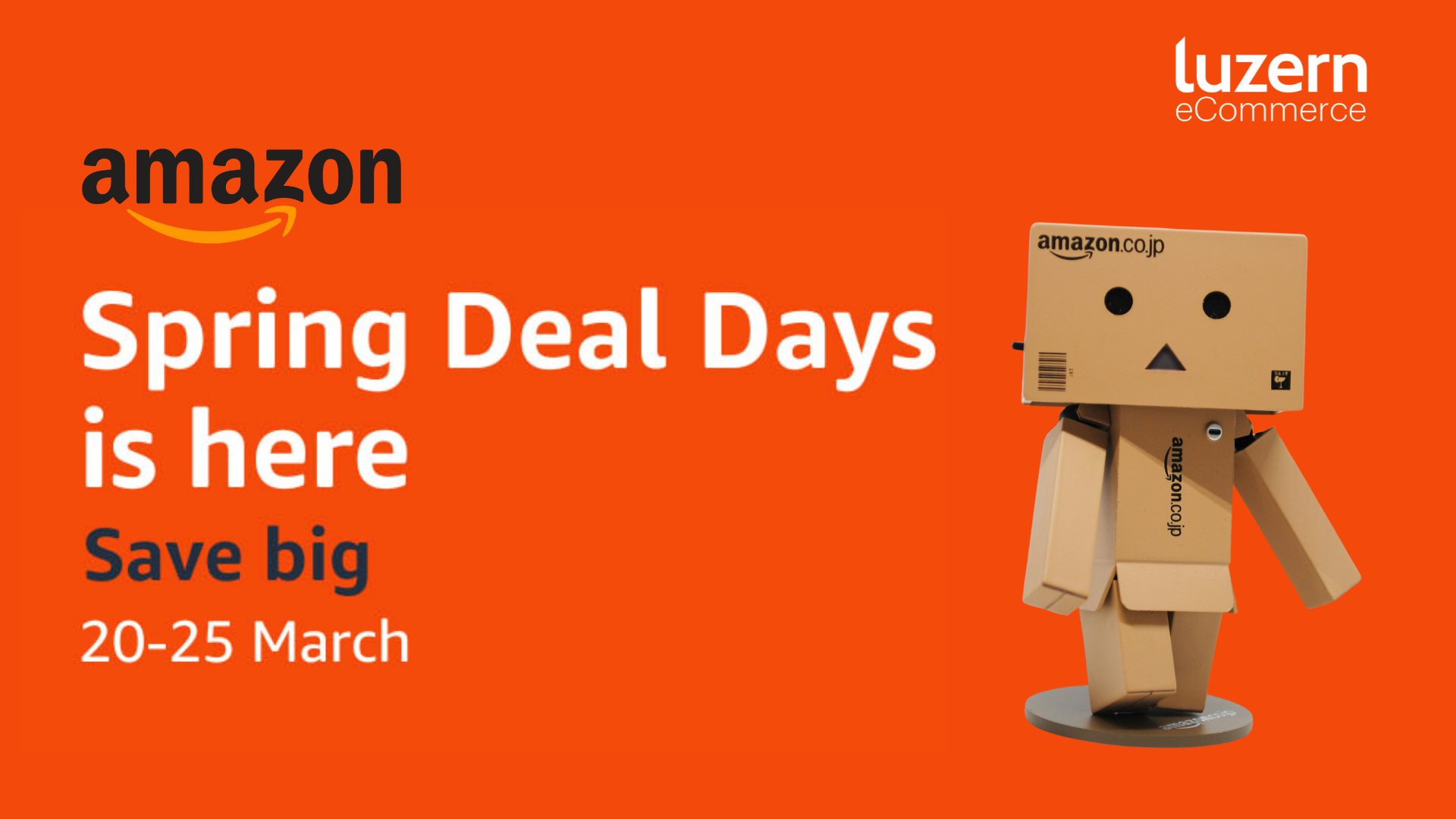4 eCommerce tips when selling audiovisual products online

There are key features that help you sell when you can’t demonstrate products
For brands dealing in audio and video equipment, selling online can be tricky. There is a huge experiential element to these types of products, so how do you narrow the gap created by selling online?
Every brand is unique but during the launch of the new Turtle Beach online store, our team used the Luzern platform to focus on the key elements that drive conversion.
How selling audio/video equipment has changed
Up until a few years ago, customers still had the habit of stopping by a big-box store to check out the latest televisions. They would wander in, walk through the aisles, looking at what they could afford – and what they couldn’t. But the commoditization of some of these products has given way to a smarter customer who knows retailers are taking huge margins – sometimes up to 60 to 75 per cent – and who has turned online to get a quality product at a fair price.
A recent Hoover’s report on the industry shows that as its products have become increasingly commoditized, the profitability of brands depends on two things:
- effective marketing
- increased distribution
Both of these elements are directly impacted by an effective eCommerce strategy. As brands open direct-to-consumer websites to sell their product, they increase the number of distribution points where their products are available
Effective marketing of audio and video products and eCommerce, however, do not go hand-in-hand as much. The nature of these products is that they require some type of sensory experience – whether visual or auditory – in order to be fully demonstrated (and ultimately sell themselves). So how can eCommerce narrow the digital gap in selling these types of products?
This is exactly what our team faced when launching the new Turtle Beach online store. Like all projects, this has enabled us to pick up a few new tricks, this time on the importance of some specific features when selling sensory-experience-type products online.
Here are the four things we learned from the experience:
1. Invest in slick imagery
Reflect the sensory quality of the product by tapping into the senses of the potential customer. Unfortunately (or thankfully) the internet isn’t ready to communicate the sense of smell or taste, but one thing it can do well is display visually stunning images. If your brand takes quality seriously and has invested in R&D to ensure it keeps innovating, poor product images will be the first hint to the customer that they are not getting what they are paying for. And don’t stop at one image: show off every angle of the product you can. Customers want to know exactly what they are getting and how it will work with their environment.
2. When possible, show the product in its natural habitat
Slick imagery is one thing, but showing the product where it is experienced is another. For Turtle Beach, this meant producing a number of videos that not only spoke to features of specific products but also of where and how they are used. Whether through video or photography, this is key in narrowing the digital gap.
3. Make it easy for customers to find the products relevant to them
When it comes to audio and video products, there is a criteria that limits the number of products your company can offer a customer. Questions of compatibility, inputs, outputs and a range of other factors may mean that a customer can only purchase a fraction of your offering. Reduce the clutter from your eCommerce solution by allowing its users to narrow it down to exactly what they are looking for.
4. Facilitate product and technology comparison
Technology being commoditized means more and more products can be compared. While this can appear like it is a bad thing, this also means that the very innovation that your top-of-the-line product has will jump out to the customer. The ability to compare technical features of a personalized range of products is a huge advantage over the retail space as the customer is more easily tempted to spend those extra dollars to ensure they are getting the optimal experience.
The right types of features to demonstrate the experience
You don’t need to physically experience a sensation for your brain to simulate it – this is why film and television can scare us or make us nervous. It’s why you can imagine how a meal might taste by reading the menu. But brands must narrow the digital gap in selling audio and video products by using the right type of features to demonstrate the quality of the experience to the customer.
So What’s next?

